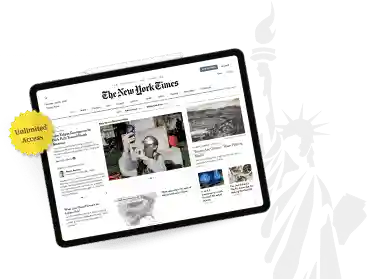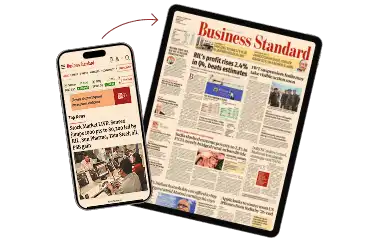India’s digitisation efforts will transform education, health care, and agriculture, as it takes optical fibre to every village and gears up for the nationwide launch of 5G services, Prime Minister Narendra Modi said in his Independence Day speech on Monday.
“Today we are all set to enter the 5G era. We are ensuring that optical fibre reaches every village until the last mile...The dream of Digital India will be attained through rural India,” he said, listing his government’s plans for Digital India programme.
The programme, launched in 2015, aims to expand India’s digital economy through inclusion and empowerment. The Ministry of Electronics & IT has set up common services centres (CSCs) to deliver citizen-centric services. The Prime Minister said it had also created over 400,000 village-level entrepreneurs.
As of June 2022, as many as 531,203 CSCs were operational across the country. Out of this, 420,198 CSCs were operational at gram-panchayat level and equipped with broadband connections under the BharatNet scheme to deliver last-mile connectivity.
Recent media reports, however, said CSCs had stopped operating and maintaining BharatNet’s fibre optic cables and equipment in June, after the company failed to clear its dues. According to a recent report by IAMAI-Kantar, internet usage is growing in villages but understanding the technology remains a challenge.
‘Aspirational society’
While stressing the growth of start-ups and the innovation ecosystem, Modi said the people behind these companies came from smaller cities and villages. He added that India was an “aspirational society” where changes were being powered by a collective spirit.
According to the Department for Promotion of Industry and Internal Trade (DPIIT), the Start-up India movement had reached 80 per cent of the districts in the country. Recently, the DPIIT recognised more than 45,000 start-ups from 590 districts -- 45 per cent of them were based out of tier-2 and tier-3 cities.
‘Leader in digital payments’
India leads the world in real-time digital payments by clocking almost 40 per cent of all such transactions, the Prime Minister said as he praised the Unified Payment Interface (UPI) and the fintech sector.
Digital payments have grown in India in the last two years, mainly due to the mass adoption of UPI for daily transactions. The Reserve Bank of India’s (RBI) digital payment index (DPI), launched in January 2021, reflects this milestone. DPI rose to 349.30 as of March 2022, compared to 304.06 in September 2021. In March 2019, the index stood at 153.47. UPI clocked a record 6.28 billion transactions amounting to Rs 10.62 trillion in July.
“Today, we have many success stories to show to the world -- UPI-BHIM, our digital payments, our compelling position in the domain of fintech. About 40 per cent of real-time digital financial transactions in the world are happening in my country. India has shown innovation prowess to the world,” Modi said.
‘India’s techade’
The Prime Minister said the production of semiconductors and setting up of 5G and optical fibre networks would lead India’s ‘Techade’ by bringing a change to the common man's lives.
The government has invited applications for semiconductor facilities. So far, it has received 23 applications, which are under evaluation. Domestic production of electronic goods has increased substantially from $37 billion in 2015-16 to $74.7 billion in 2020-21.
India recently conducted auctions for 5G spectrum. Union Minister for Communications Ashwini Vaishnaw has said the roll-out of 5G services will begin in October, adding that India will have a much faster roll-out of 5G compared to many other geographies.










)


